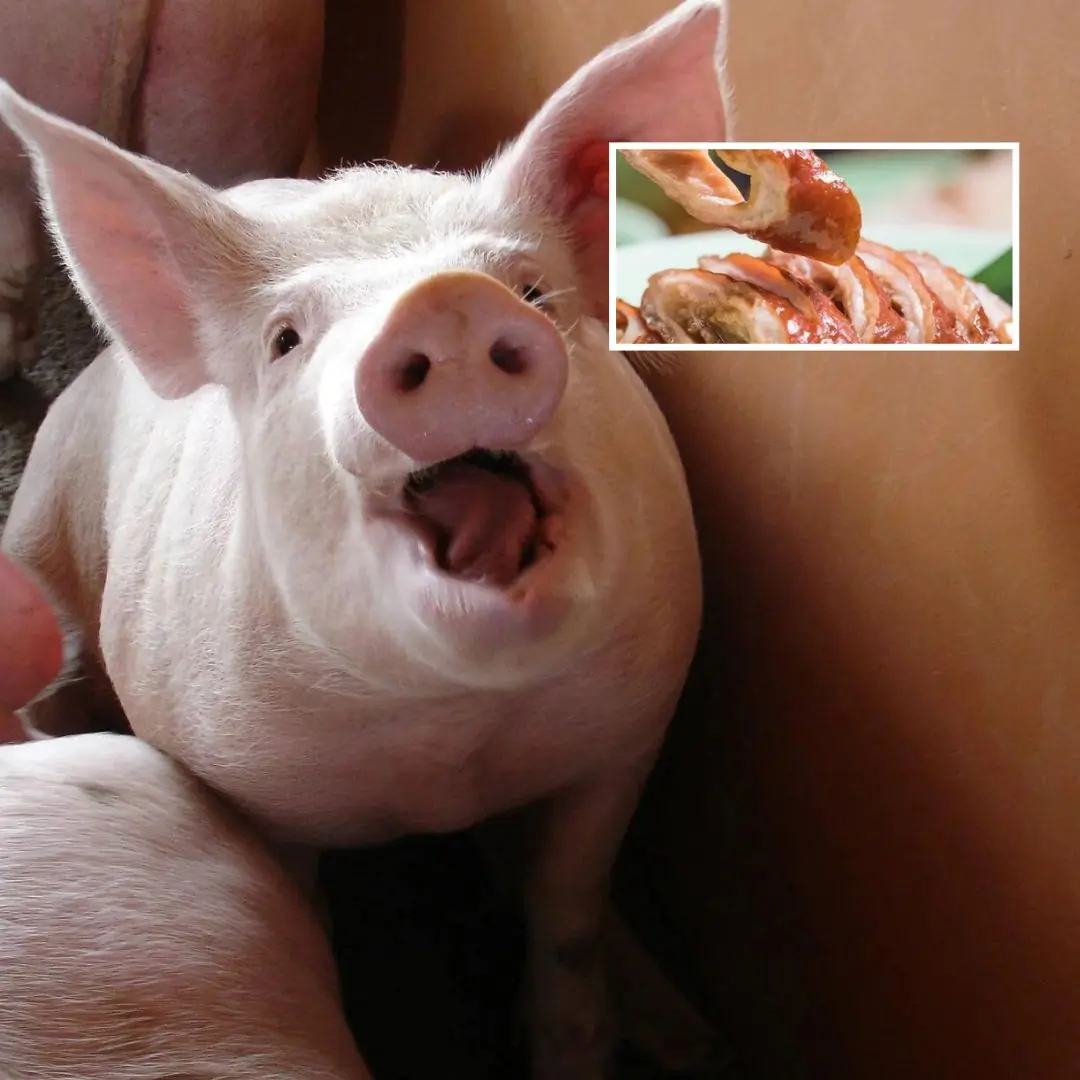
This vegetable is sold in abundance in the market.
This is a familiar vegetable with high nutritional value, but not everyone pays attention to it.
The vegetable mentioned here is green mustard. 100 grams of this vegetable can provide 118 mg of calcium, which is 7 times higher than the amount of calcium in 100 ml of bone broth (17 mg).
Green mustard is a familiar vegetable that often appears in meals.
Below are some of the health benefits of green mustard.

- Bone strengthening
Green mustard contains a lot of vitamin K. A bowl of green mustard can meet the body's vitamin K needs for 1 day. This is a vitamin necessary for blood clotting, good for the heart and joints.
When lacking vitamin K, people are prone to osteoporosis, bone fractures, cardiovascular disease, decreased brain function, and memory loss. Mustard greens have a fairly abundant calcium content, which also contributes to strong bones.
Mustard greens contain many nutrients necessary for the body.
– Strengthen immunity
A bowl of mustard greens can provide 1/3 of an adult's daily vitamin C needs. Vitamin C plays an important role in strengthening the immune barrier, protecting the body against pathogens.
In addition, this vegetable also contains vitamin A, which also helps optimize the body's immune system.
Lacking these two vitamins, the immune system is weakened, the body becomes weak and susceptible to disease.
- Good for the heart
An analysis based on 8 studies shows that increasing green leafy vegetables such as mustard greens in the daily diet can help reduce the risk of cardiovascular disease by 15.8%.
Mustard greens contain many antioxidants such as beta-carotene and flavonoids, which help reduce the risk of cardiovascular disease. In addition, this vegetable also contains compounds that help bind bile amino acids in the digestive system, supporting the process of reducing bad cholesterol in the body, thereby preventing atherosclerosis and stroke.
Green mustard also has a rich amount of fiber to help control blood fat, good for the intestines. Vitamin K in this vegetable is also good for the heart. In addition, green mustard also contains magnesium to help the heart beat stably and potassium to help regulate blood pressure.
Regularly eating green mustard, the body can receive many benefits such as good for the eyes, good for bones and joints...
- Good for the eyes
Green mustard contains many antioxidants such as lutein, zeaxanthin which have good effects on eye health. These two compounds protect the retina from oxidative damage, helping to filter harmful blue light.
Research shows that consuming foods containing a lot of lutein and zeaxanthin can help fight macular degeneration.
- Anti-aging
Green mustard and other dark green leafy vegetables contain many vitamins such as vitamins A, B6, C, E. These vegetables also provide a lot of folic acid for blood cells, help fight oxidation, make the skin rosy and fresh.
Vitamin A in mustard greens has the effect of fighting free radicals, protecting cells, and preventing aging. Note that mustard greens bring many benefits to the body but should not be eaten too much because it contains oxalate which can increase the risk of kidney stones. The amount of fiber in mustard greens is quite high, so it can easily lead to bloating and flatulence
News in the same category


Tips to fix food that is too spicy when cooking
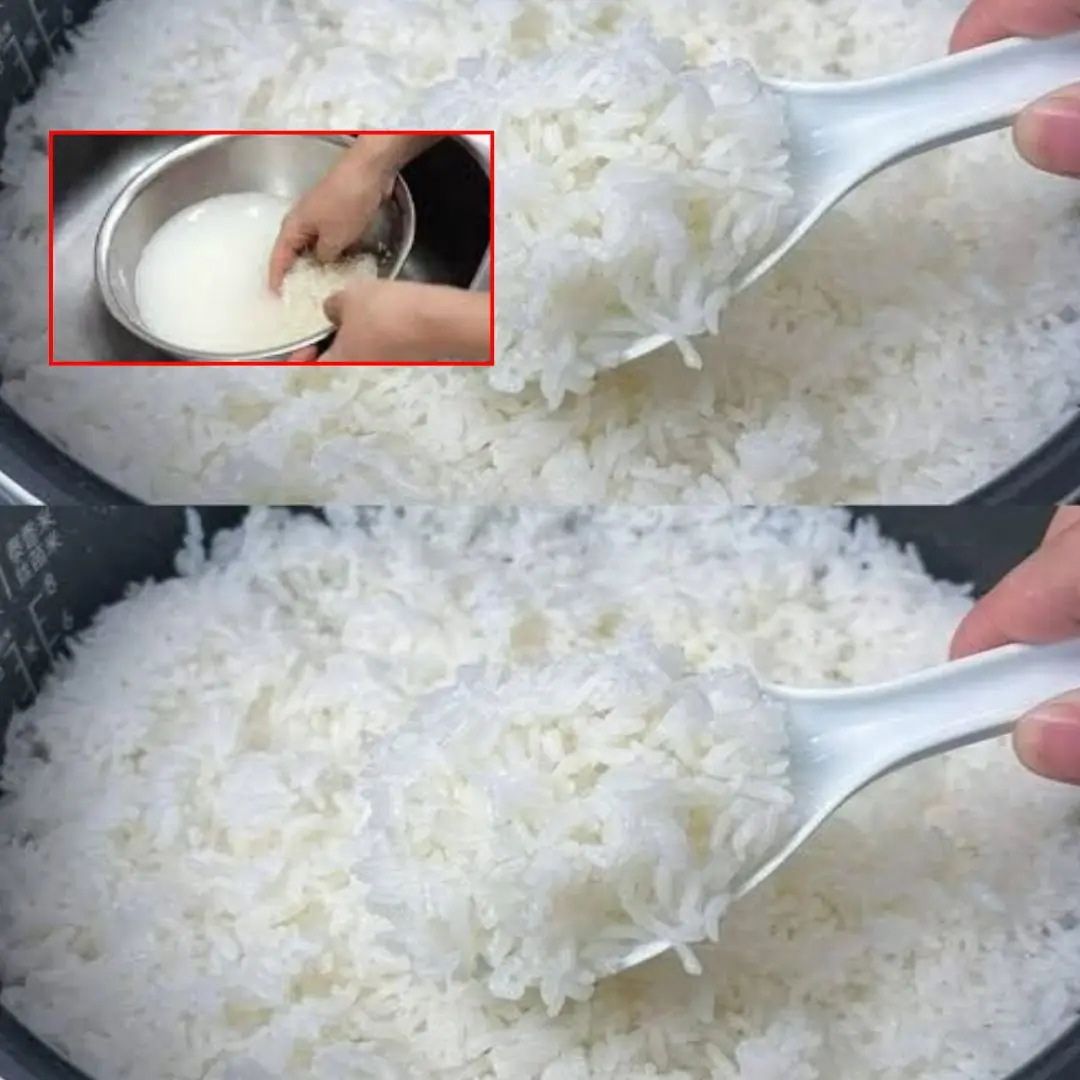
Adding only water when cooking rice is a big mistake. I will share with you the secret that hotels use

This type of leaf contains calcium

Is it right to close the door tightly when using the air conditioner
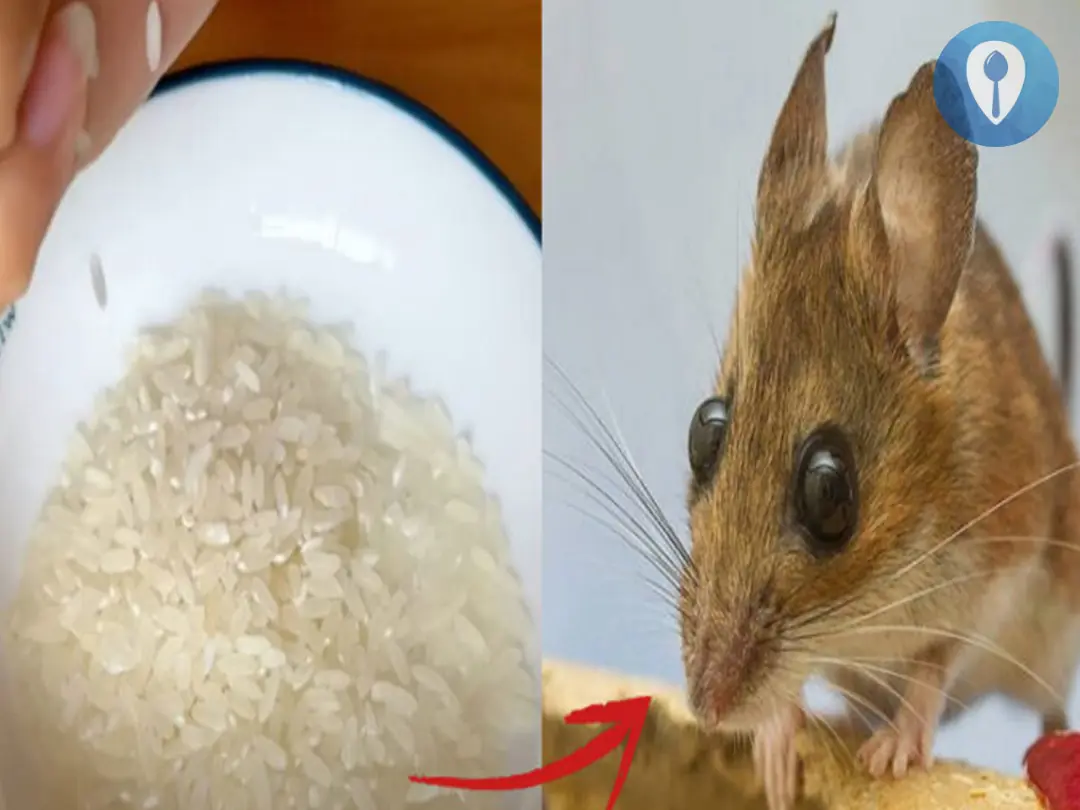
How to chase away a bunch of rats with just a handful of rice, without using toxic baits

Tips to keep your flowers fresh

Tips to make rice more delicious that not everyone knows
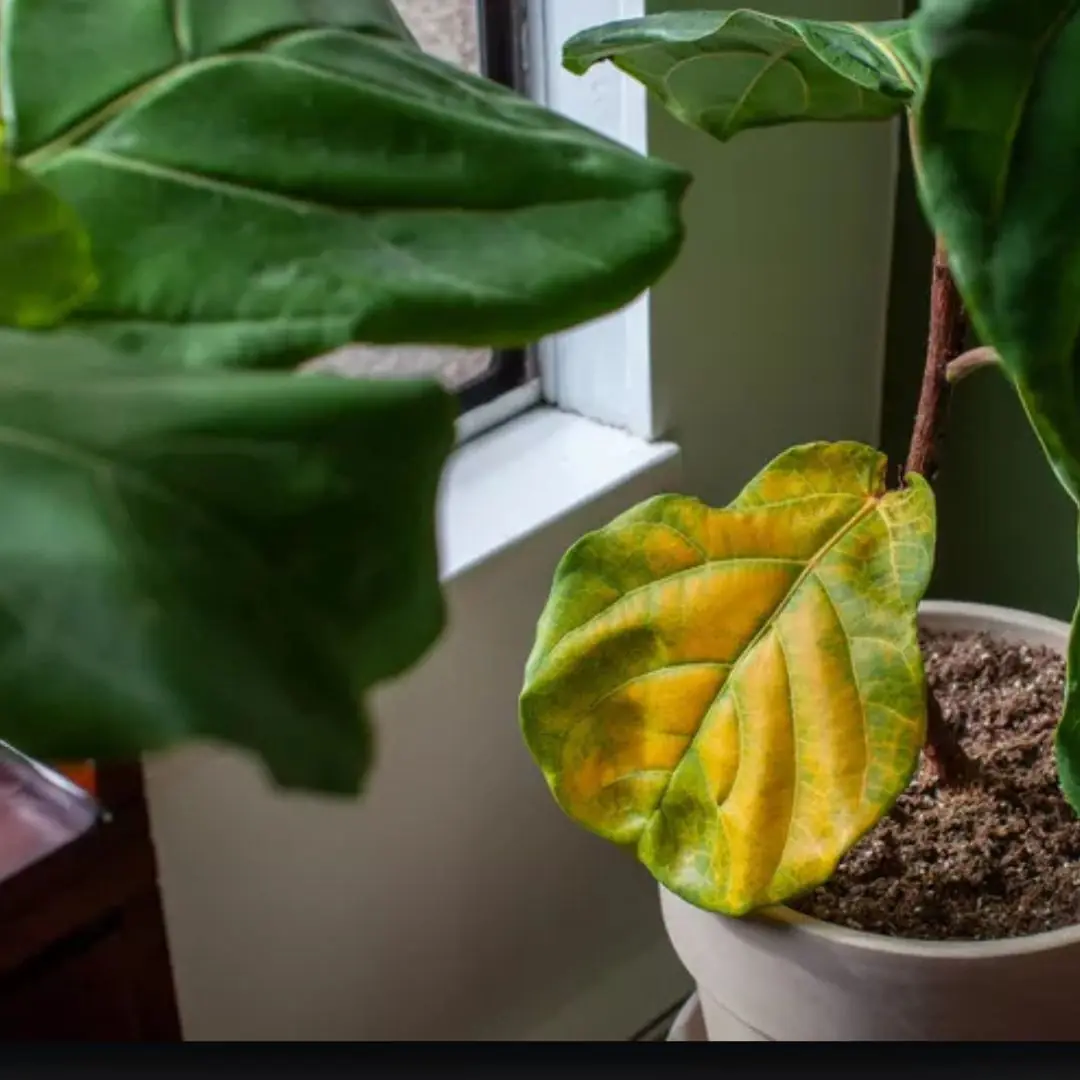
8 Plants You Should Never Grow Indoors—and What You Should Plant Instead

How to pick a sweet and juicy cantaloupe melon
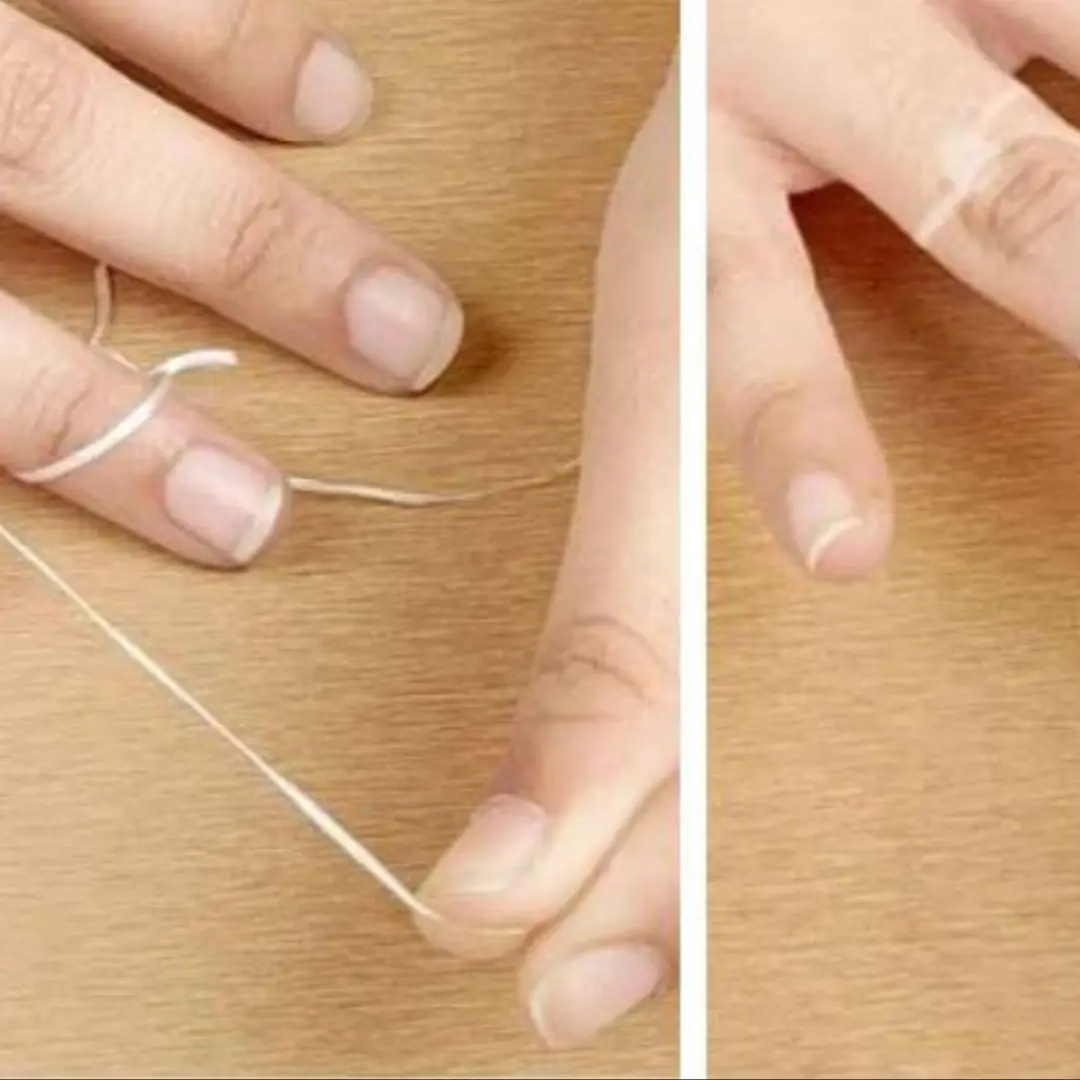
How to remove a tight ring on your hand easily without lube

There are 3 types of vegetables that are easily infected with parasites, be especially careful when eating them

Why should you k.i.l.l cockroaches with baking soda?

Top 20 Foods that should not be kept in the refrigerator for too long
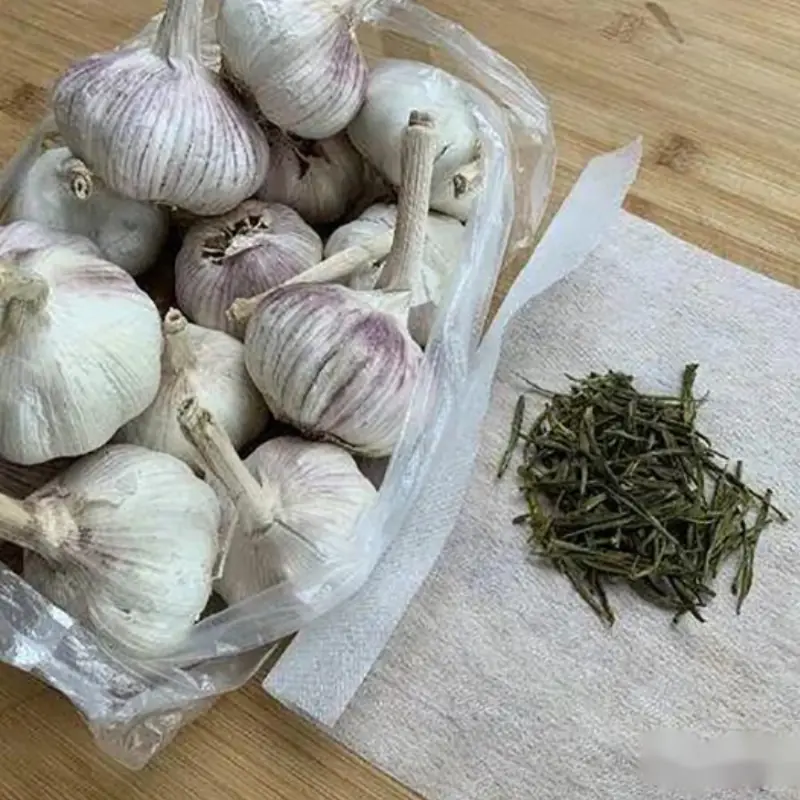
Today I Just Discovered 3 Incredibly Easy Garlic Storage Tips—Garlic Stays Fresh All Year Without Rotting
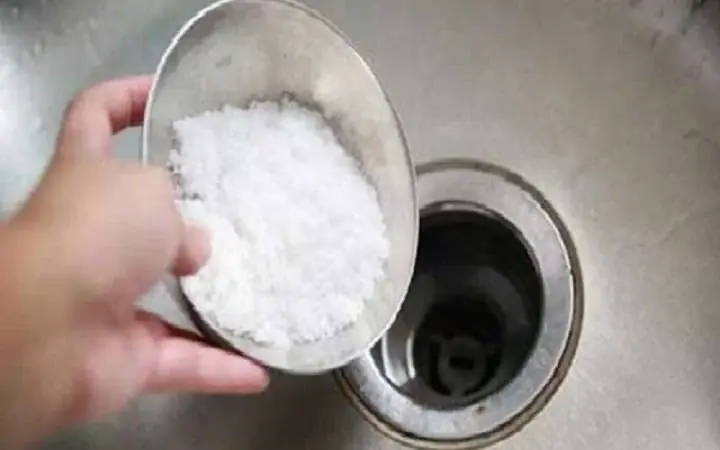
95% of People Don’t Know This: Just Salt Can Fix That Nasty Drain Problem—For Free!

This $0 Trick Cleans Your Fan Better Than Any Gadget—You’ll Never Go Back!
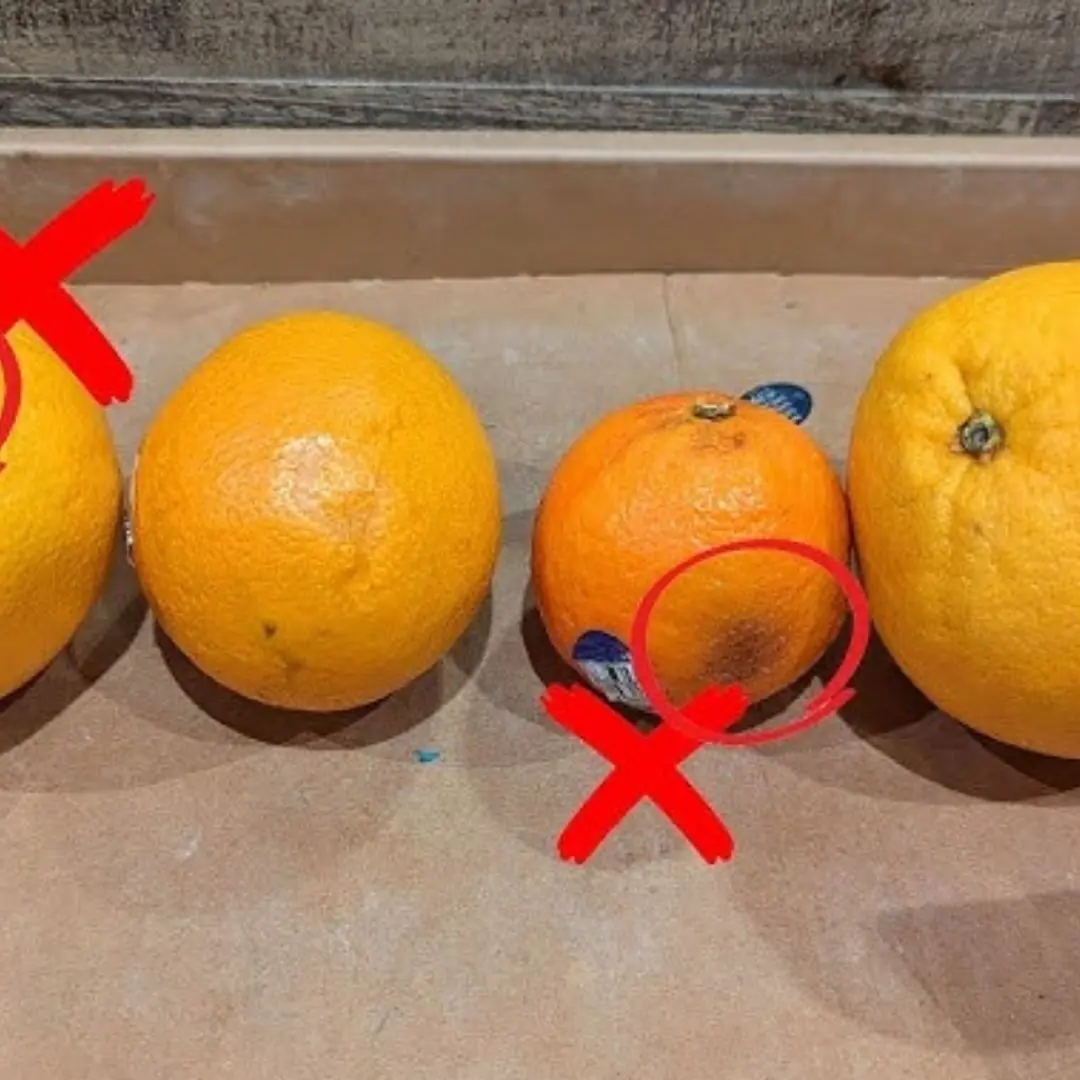
How to Choose Juicy Lemons and Limes with 3 Secret Tips
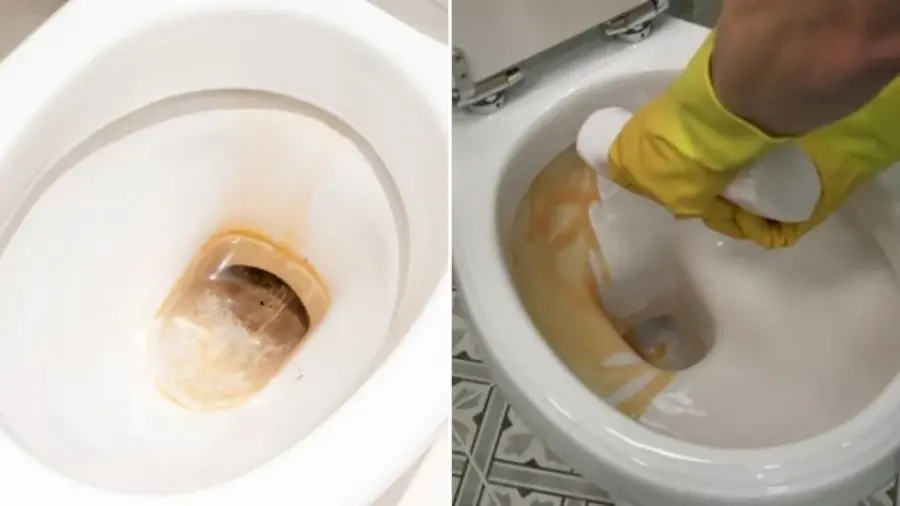
Toilet Bowl Stained Yellow? Try These 5 Cheap and Effective Cleaning Hacks to Make It Sparkle Like New

Snake-Magnet Plants You Should Avoid Growing Near Your Home — No Matter How Beautiful or Fragrant They Are
News Post

Why do flight attendants like to bring a banana on the plane?
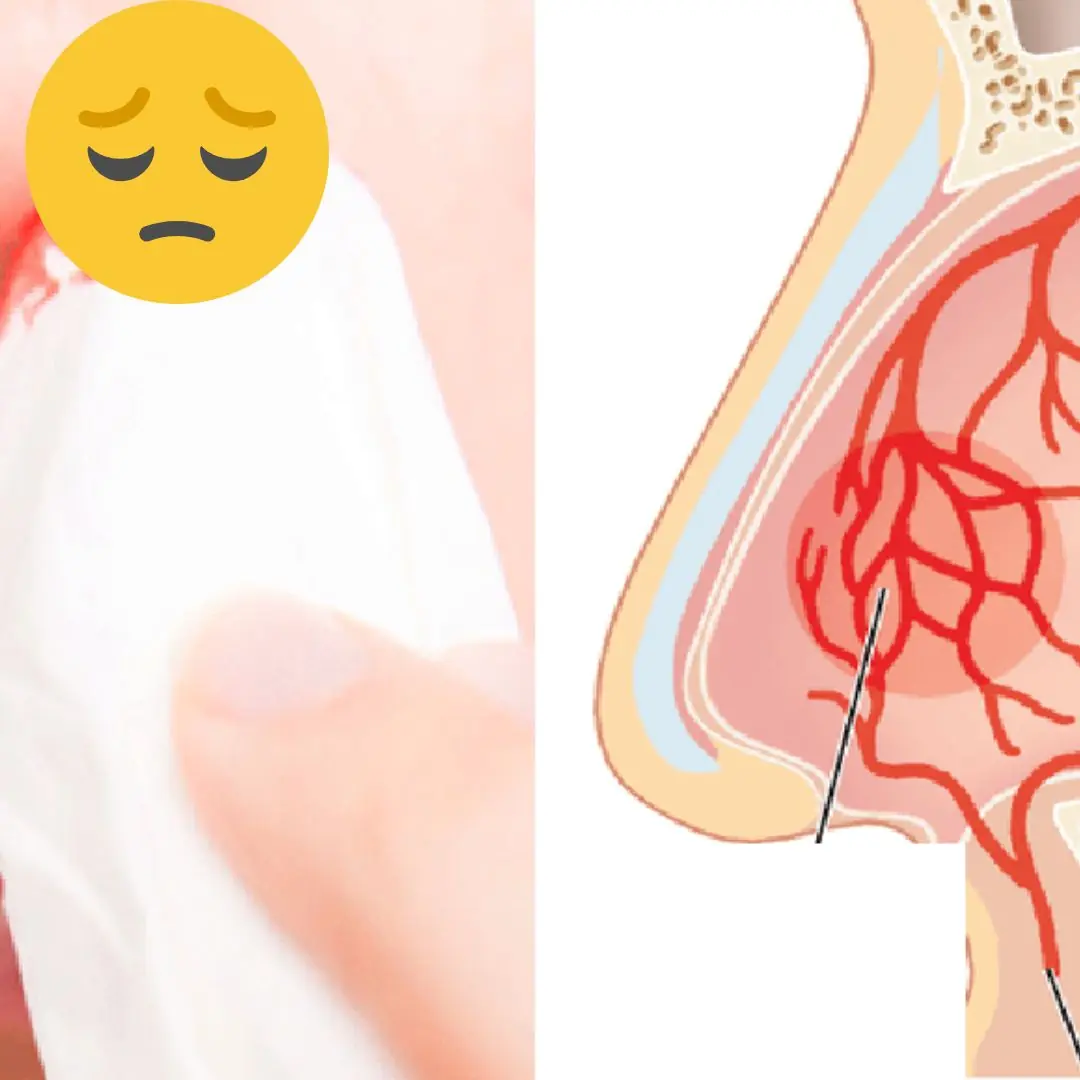
What are the symptoms of no.seble.eds and when should you see a doctor?

Here's What Eating Blueberries Every Day Does to Your Body, Says a Registered Dietitian

No matter how delicious they are, don't eat these 5 parts of the pig or you'll get si.ck

5 common foods that ha.rm your li.ver

Tips to fix food that is too spicy when cooking

Adding only water when cooking rice is a big mistake. I will share with you the secret that hotels use
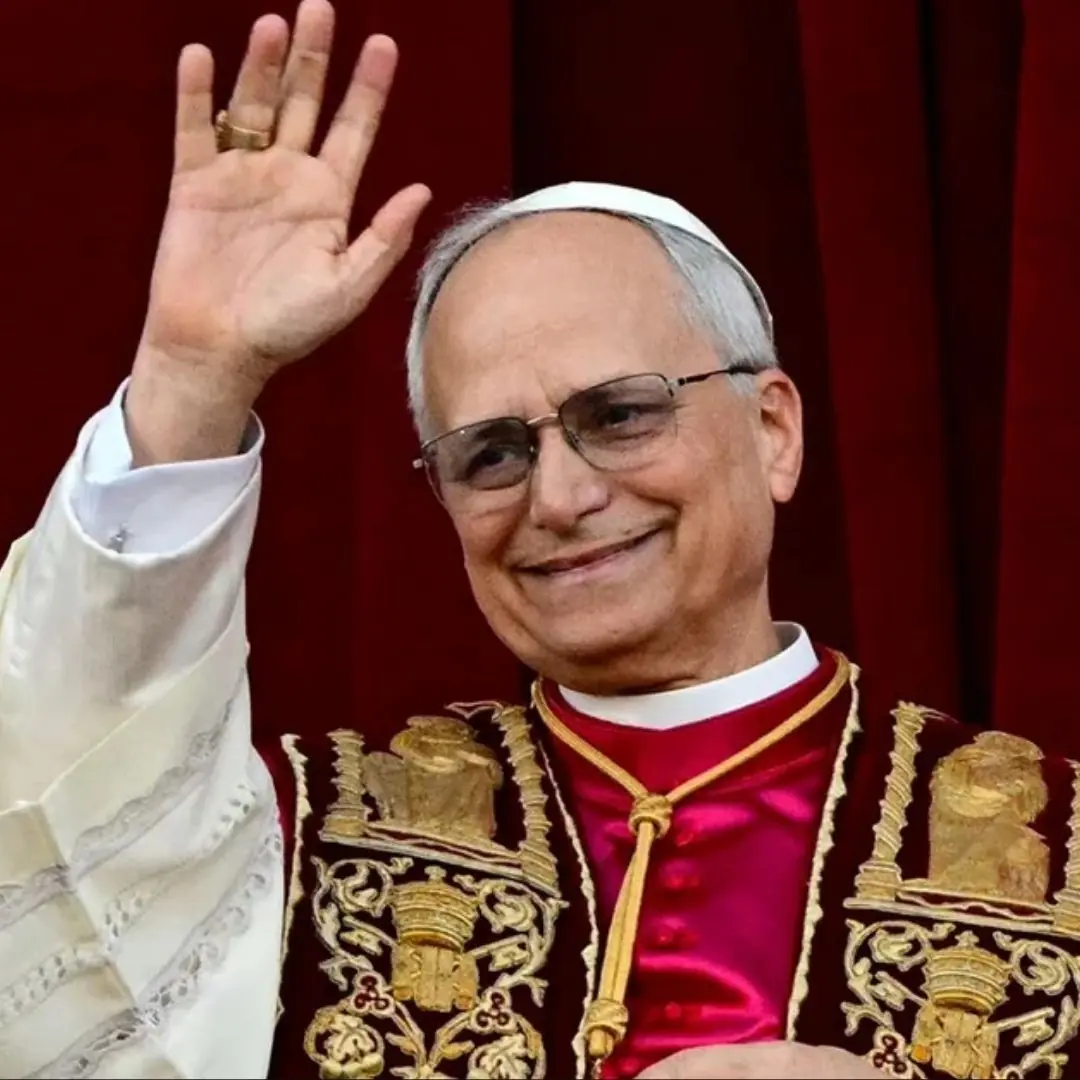
Cardinal Robert Francis Prevost elected as 267th pope, takes name Leo XIV
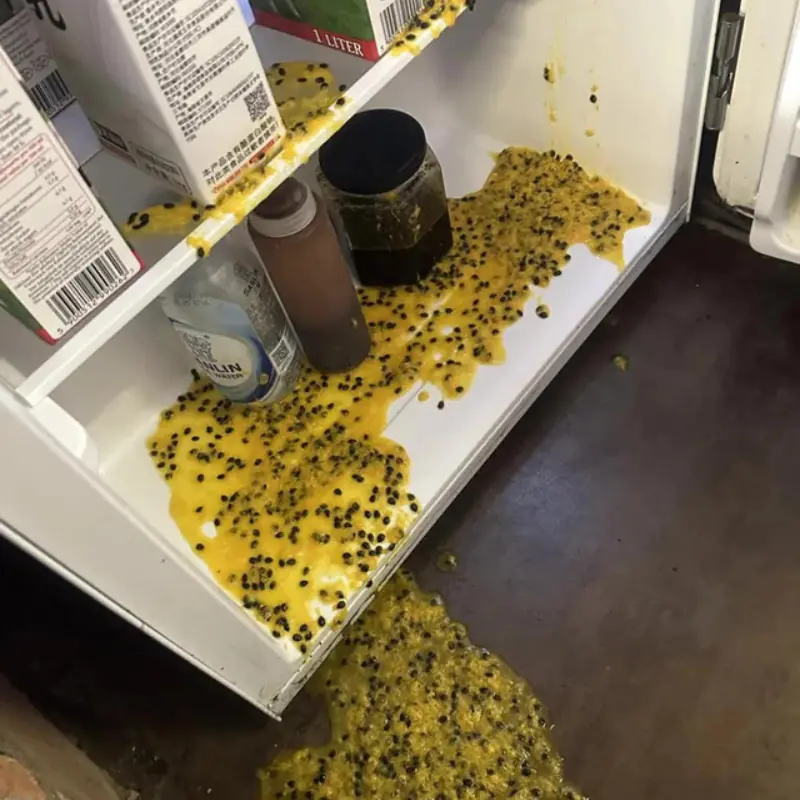
Take These 5 Items Out of Your Fridge Now One Day They Could Actually "Explode"

This type of leaf contains calcium

Is it right to close the door tightly when using the air conditioner

How to chase away a bunch of rats with just a handful of rice, without using toxic baits
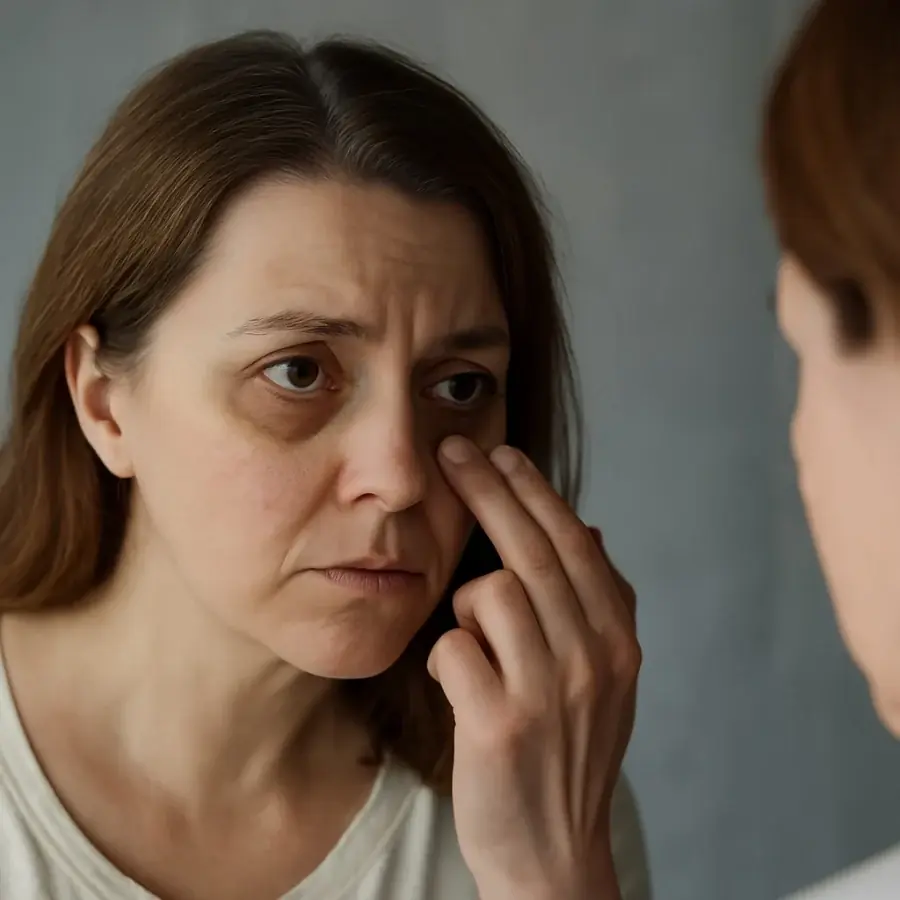
5 Eye Symptoms That May Signal Your Li.ver Is Crying for Help – Women, Don’t Ignore These if You Want to Stay Healthy Every Day

Tips to keep your flowers fresh

Tips to make rice more delicious that not everyone knows

8 Plants You Should Never Grow Indoors—and What You Should Plant Instead

How to pick a sweet and juicy cantaloupe melon

Before the divorce, my husband cooked my favorite fish dish, I was not moved but burst into tears because of 3 bitter truths

How to remove a tight ring on your hand easily without lube
